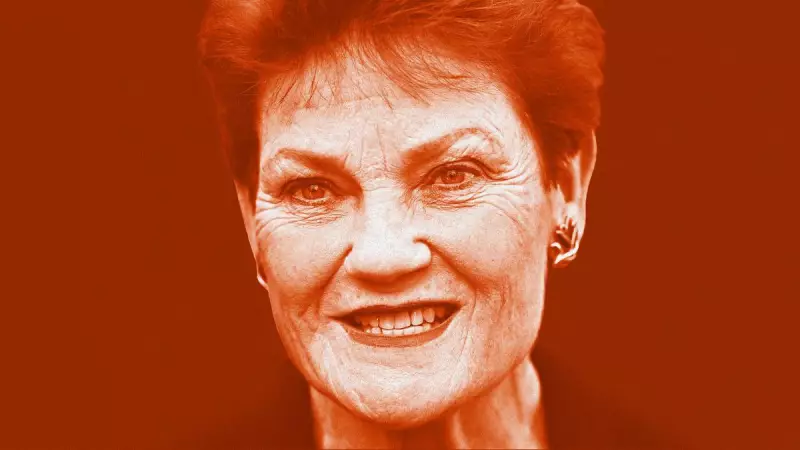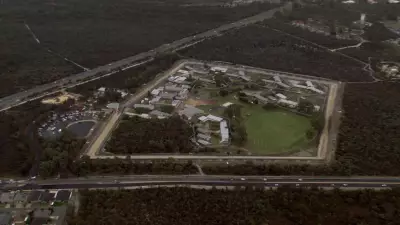
The recent surge in Pauline Hanson's personal popularity is creating what political commentators describe as a dangerous illusion for One Nation supporters. While the party leader's approval ratings have climbed significantly, experts warn this doesn't necessarily translate to electoral success for her party.
The Polling Paradox
According to the latest Resolve Political Monitor survey conducted for The Sydney Morning Herald and The Age, Pauline Hanson's personal approval rating has jumped to 40 per cent among voters who know her. This represents a substantial increase from previous polling and places her ahead of several more mainstream political figures.
However, the same survey reveals a starkly different story for One Nation's primary vote. The party sits at just 6 per cent in federal polling, barely changed from previous results. This discrepancy between leader popularity and party support presents a significant challenge for One Nation's electoral prospects.
Political analyst Mark Riley suggests this situation creates what he calls a "false economy" for the party. Supporters and even some party insiders might misinterpret Hanson's personal appeal as evidence of broader electoral momentum that simply doesn't exist at the ballot box.
The Preference Distribution Challenge
The core issue facing One Nation, according to political strategists, lies in preference distribution. Unlike larger parties that can negotiate favorable preference deals, smaller parties like One Nation often find themselves at the mercy of how other parties direct preferences.
One Nation's primary vote has remained stubbornly around 6 per cent despite Hanson's increased personal popularity. This suggests that while more voters may view Hanson favorably, they're not necessarily willing to cast their primary vote for her party.
The problem compounds when considering how preferences flow. Without substantial primary votes to begin with, even favorable preference arrangements may not be enough to secure victories in most electorates. This mathematical reality separates personal popularity from electoral success in Australia's preferential voting system.
Historical Context and Future Prospects
This isn't the first time One Nation has faced this particular challenge. The party has experienced similar disconnects between leader popularity and electoral performance throughout its history.
What makes the current situation particularly noteworthy is the timing ahead of the next federal election. With election speculation growing, the risk increases that party members might overestimate their chances based on Hanson's personal numbers alone.
Riley points out that the political landscape has changed significantly since One Nation's earlier peaks. The rise of other protest parties and independent candidates has fragmented the non-major party vote, making it harder for any single minor party to achieve breakthrough results.
The analysis suggests that while Hanson remains a significant figure in Australian politics, her party faces substantial structural challenges that personal popularity alone cannot overcome. Voters may express approval for Hanson as a political personality while remaining unconvinced about voting for her party when it matters most.
As the next election approaches, the test will be whether One Nation can convert Hanson's personal appeal into tangible electoral gains, or if the current polling surge will prove to be another false dawn for the party that has consistently struggled to translate media attention into parliamentary seats.





